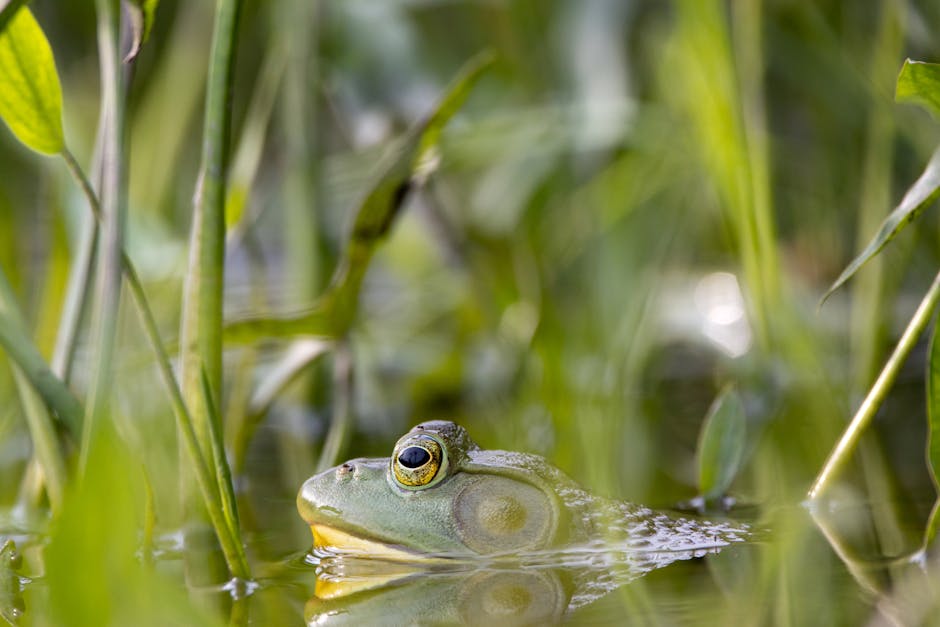Introduction to Water Cremation
Water cremation, also known as alkaline hydrolysis, is a gentle alternative to traditional fire-based cremation. It’s a process where the body is placed in a solution of water and potassium hydroxide. This mixture then gently circulates at a high temperature, speeding up the natural breakdown of the body. In the end, what remains are bones, which are then dried and turned into a white, powdery substance similar to ashes obtained through fire cremation. Water cremation uses significantly less energy and emits fewer pollutants, making it an environmentally friendly choice. This method has gained attention for its minimal environmental impact and represents a shift towards sustainable death care practices.
What Is Water Cremation?
Water cremation, also known as aquamation or alkaline hydrolysis, is an eco-friendly alternative to traditional cremation methods. Instead of using flames, water cremation uses a solution of water mixed with an alkali to gently break down the body into its chemical components. This process happens in a stainless-steel vessel that accelerates the natural decomposition process. It’s a gentle procedure that leaves behind bone ash and a sterile liquid. The bone ash, similar to what you’d get from flame cremation, can be returned to the family in an urn. The sterile liquid, essentially water and other components, is safely returned to the environment. One of the key reasons water cremation matters is its reduced environmental footprint. It emits less carbon dioxide and pollutants than its fiery counterpart, making it a greener choice for those looking to leave a lighter mark on the planet.
The Environmental Benefits of Choosing Water Cremation
Choosing water cremation means making a choice that’s kinder to our planet. Unlike traditional cremation, which burns fossil fuels and releases carbon dioxide into the atmosphere, water cremation uses water and lye to break down the body. This process, also known as alkaline hydrolysis, results in less carbon footprint. Not only does it use 90% less energy, but it also avoids emitting harmful gases that contribute to air pollution. Plus, water cremation doesn’t require cutting down trees for wood caskets, further reducing its environmental impact. By opting for water cremation, we’re essentially giving back to the earth. The process results in a sterile liquid and bone ash, which can be returned to nature without harm, enriching the soil instead of polluting it. So, by choosing water cremation, you’re not just making a choice for yourself or your loved ones; you’re making a choice that benefits our earth.
How Water Cremation Works: A Step-by-Step Guide
Water cremation, also known as aquamation, is an eco-friendly alternative to traditional cremation methods. It uses water instead of fire to break down a body. Here’s how it works in simple steps. First, the body is placed in a stainless-steel vessel. This isn’t scary; it’s just a big, specialized tub. Next, a solution of water and potassium hydroxide is added. Now, this might sound like fancy science talk, but it’s just a mix that helps things along, kind of like soap in washing dishes. Then, the vessel is gently heated, not boiled, to a modest temperature. This heat, combined with the solution, starts the process where the body breaks down into its basic building blocks. To put it plainly, it’s like speeding up what naturally happens over a much longer time under the ground. This step takes a few hours, about the same time a long movie marathon would. Afterwards, what’s left is soft, bone remains and a sterile liquid. The bones, now white and brittle, are then processed into a fine powder, similar to ash from traditional cremation. This powder is given back to the family, much like ashes would be. The liquid, free from DNA and safe, is returned to the environment, doing no harm. Water cremation is seen as a gentle and more planet-friendly option, reducing carbon emissions and avoiding the use of flames. It’s a choice for those thinking about the environment, even in their final decision.
The Science Behind Water Cremation
Water cremation, also known as alkaline hydrolysis, is a process that uses water and alkali to break down a body. It’s different from traditional fire cremation. Here’s how it works. The body is placed in a pressurized vessel with a solution of water and potassium hydroxide or sodium hydroxide. This mixture is heated to around 350°F, but it does not boil due to the pressure. The heat and the alkali work together to rapidly break down the organic materials, turning the body into a sterile liquid and bones. The bones are then crushed into a fine powder, similar to ash left by fire cremation.
This process is considered to be more environmentally friendly because it uses less energy and releases fewer carbon emissions into the atmosphere compared to fire cremation. Additionally, the sterile liquid left over can be safely disposed of in the sewer system or used as a nutrient-rich fertilizer, making it a sustainable choice. So, water cremation not only offers a green alternative to traditional methods but also aligns with the principles of returning to the earth in a gentle way.
Comparing Water Cremation to Traditional Burial and Cremation Practices
When weighing water cremation against traditional burial and cremation practices, the differences are quite telling. Traditional burial often involves embalming, a casket, and land space, all adding up in costs and environmental impact. Regular cremation, while less pricey and land-intensive, releases considerable carbon dioxide, contributing to pollution. In contrast, water cremation, also known as alkaline hydrolysis, presents a greener alternative. It uses water and lye to break down the body into chemical compounds, significantly lowering carbon footprint. Costs can be similar to or slightly higher than conventional cremation but without the environmental toll. What’s clear is that water cremation offers a sustainable choice for those conscious about their ecological afterlife footprint. It’s a method that matters more as we lean into green practices.
The Cost of Water Cremation Services
The cost of water cremation, also known as aquamation or alkaline hydrolysis, can be a bit of a puzzle because it’s newer and not as widespread as traditional burial or cremation methods. Generally, you’re looking at a range of (1,500 to )3,000. This price can bump up based on extras like urn choice or memorial services. Unlike traditional cremation, which can run up fuel charges and environmental fees, water cremation uses less energy and produces fewer emissions. This method might be easier on your wallet in the long run, considering its lower environmental impact. However, because it’s not available everywhere, you might also need to factor in travel or transport costs if you’re set on this choice. Bottom line, the cost hinges on your specifics – where you are, what services you tag on, and the provider’s pricing. It’s always wise to shop around and ask questions to get the best deal that respects both your budget and your wishes for a greener farewell.
Legal and Ethical Considerations of Water Cremation
Water cremation, also known as alkaline hydrolysis, is not legal everywhere. Its legality depends on regional laws because this method involves using water and alkaline chemicals to break down the body, leaving behind bones and a sterile liquid. The environmental benefits of water cremation, such as fewer emissions compared to traditional cremation methods, make it appealing. However, its acceptance varies; some people and cultures are cautious due to traditional burial norms and the newness of the process. Ethically, the method poses questions regarding the treatment of human remains and the disposal of the resulting liquid. Those in favor argue it’s a respectful, eco-friendly option compared to burning or burying. On the flip side, critics often focus on the discomfort with the dissolution process. It’s critical for discussions about water cremation to respect personal and cultural beliefs while also considering environmental impacts.
Why Water Cremation Matters: The Future of Funeral Services
Water cremation, also known as aquamation or alkaline hydrolysis, is a method that’s gaining attention for its environmental benefits. Let’s cut to the chase: traditional cremation burns fossil fuels and releases carbon dioxide into the atmosphere. In contrast, water cremation uses a solution of water and potassium hydroxide to break down the body, emitting no direct greenhouse gases. This process is gentler on the Earth, making it a green alternative for those thinking about the planet’s future.
Moreover, water cremation uses significantly less energy compared to its traditional counterpart. We’re talking about up to 90% less energy, which is a step forward in reducing our carbon footprint. It’s not just about being eco-friendly; it’s about making responsible choices for our planet’s health.
Also, let’s consider the ashes. With water cremation, loved ones receive ashes that are purely bone minerals, free from any potential pollutants that fire cremation might introduce. This means you can keep or scatter these ashes, knowing they’re as clean and natural as possible.
In essence, water cremation matters because it’s a sustainable choice for our final act. It aligns with growing environmental consciousness and offers a way to say goodbye that’s kind to the planet. It’s about looking forward, choosing a method that reduces harm, and embracing a future where we continue to care for the Earth, even in death.
Summarizing Water Cremation: Essential Takeaways
Water cremation, also known as aquamation, is a more environmentally friendly choice compared to traditional cremation, creating only a fraction of the carbon footprint. This method uses a solution of water and potassium hydroxide, which is heated and gently circulated around the body, breaking it down to its chemical components in about 4 to 6 hours. What you get in the end are bone fragments, which can be returned to the family similar to ashes in traditional cremation, and a sterile liquid that safely goes back into the ecosystem. The key points to remember about water cremation are it’s greener, uses water instead of flame, and provides a gentle way to return loved ones to nature. It’s also being accepted in more places, making it an option worth considering for those looking to make an environmentally conscious choice in their final arrangements.







